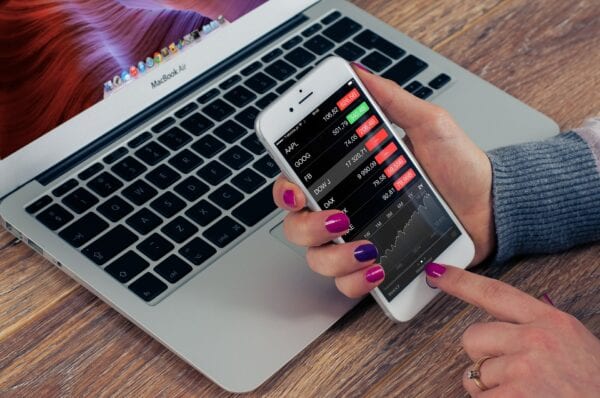
With coronavirus at the forefront of health concerns around the world, most people are taking extra precautions to prevent exposure. Most public events are being canceled or rescheduled and even Google has advised all its employees in North America to work from home if possible.
But what if you get sick during the COVID-19 outbreak? With restrictions in many areas of the world, it may not be possible or feasible to see your family doctor at this time. Even if your illness is not related to coronavirus at all, by going to a medical facility for treatment you could risk exposure while there.
You could also face problems even getting an appointment to be seen. In some areas of the world, hospitals are not taking new patients, so even if your illness is serious, there may not be an option to be seen locally.
Meet Telemedicine
Before modern video conferencing technology, getting medical treatment for any reason during a pandemic would have been nearly impossible. However, today we have telemedicine. And with a recommendation from the CDC to use telemedicine services whenever possible, this could be its big moment in the stock market.
Although telemedicine has been around for about a decade, it has only recently begun to take off. Recent advancements in streaming video technology along with better high-speed internet options and more wi-fi coverage have greatly improved the telemedicine experience.
Telemedicine sites and apps like Dr. Phil’s Doctor on Demand, MDLIVE and SteadyMD are helping bridge the gap in healthcare. Telehealth is a relatively new concept that makes a lot of sense, especially now as the world battles against COVID-19. It’s estimated that a third of all regular doctor visits and checkups could be handled with telehealth. In behavioral health, Teladoc (a leading Telehealth company) believes approximately 80% of patients are treatable via remote visits.
With telemedicine, patients can video chat with a medical professional to get help with a wide variety of health issues. The doctor can talk with the patient about their concerns and write necessary prescriptions. Patients may receive medical advice, ask questions and schedule necessary follow-up appointments without leaving home. This offers safety, as well as a savings of time and usually money.
Some medical appointment software offers scheduling options and follow up appointments with the same doctor, so that the patient and doctor may become familiar with each other and establish a relationship that is beneficial to both parties. Doctors are also often available via email, phone or text to answer patients’ questions and listen to concerns they may have about their health or treatment.

Coronavirus and the fear of pandemics that may come in the future all lend a hand to the rise of telemedicine. This field is poised for massive growth and definitely on the radar of serious investors. Also worth noting, video conferencing tools and services, such as Zoom, are also in prime position for rapid growth.
A recent Research and Markets report revealed the telemedicine market was valued at $29.6 billion in 2017 and is anticipated to grow at a compounded annual rate of around 19% between 2017 and 2022. research from Kalorama Information estimates telemedicine could reach a value of $86.6 billion by 2020, an increase of 20.8% per year.